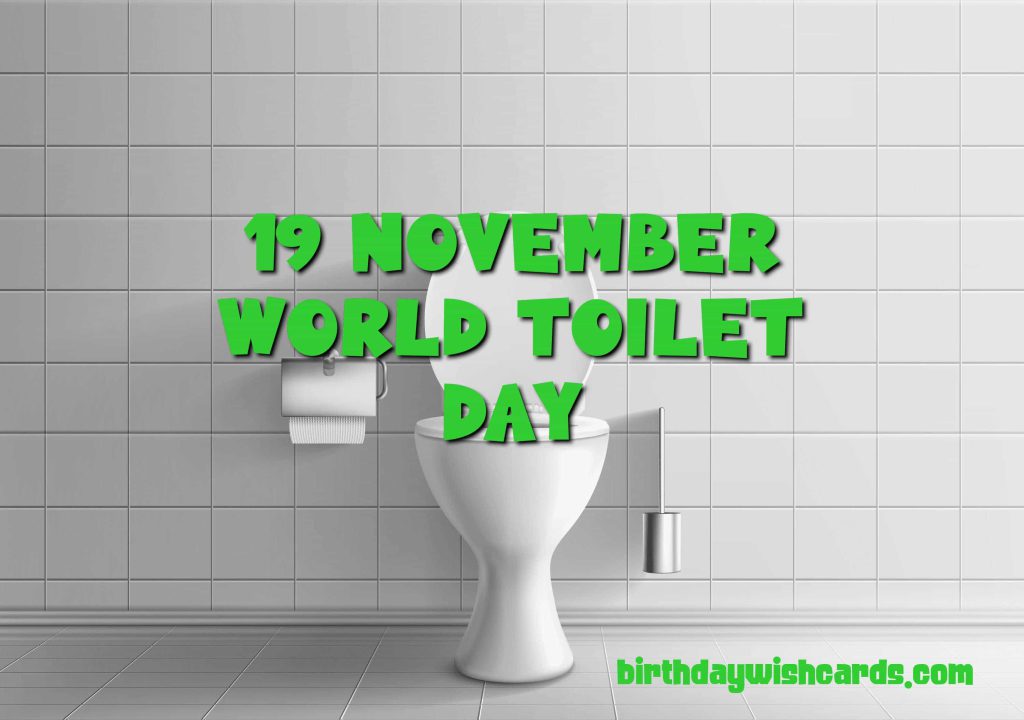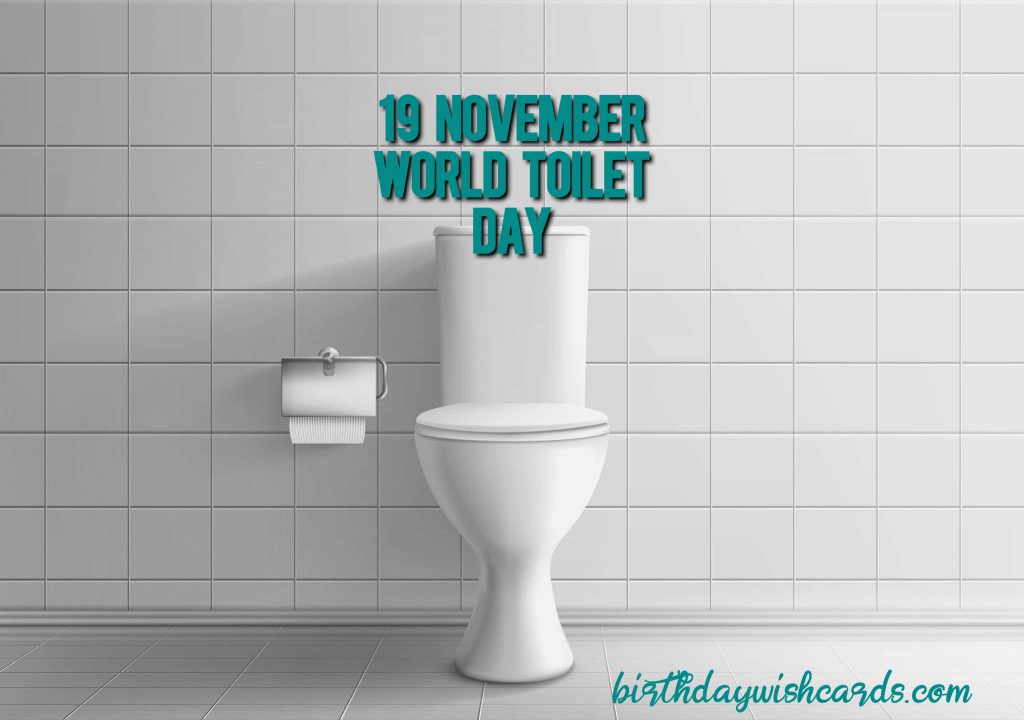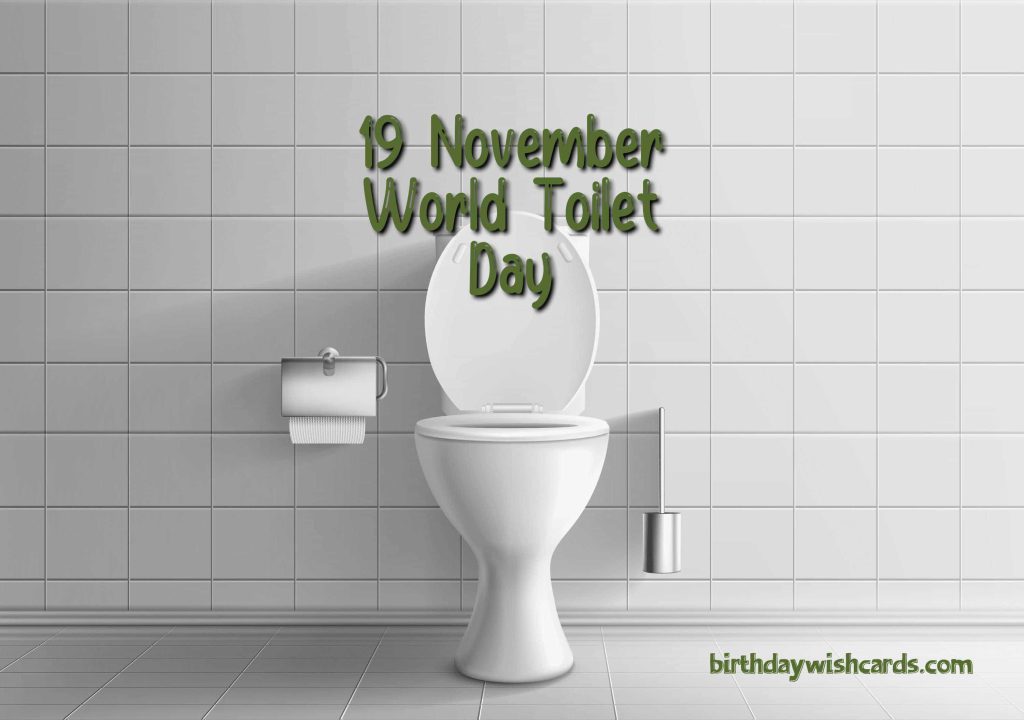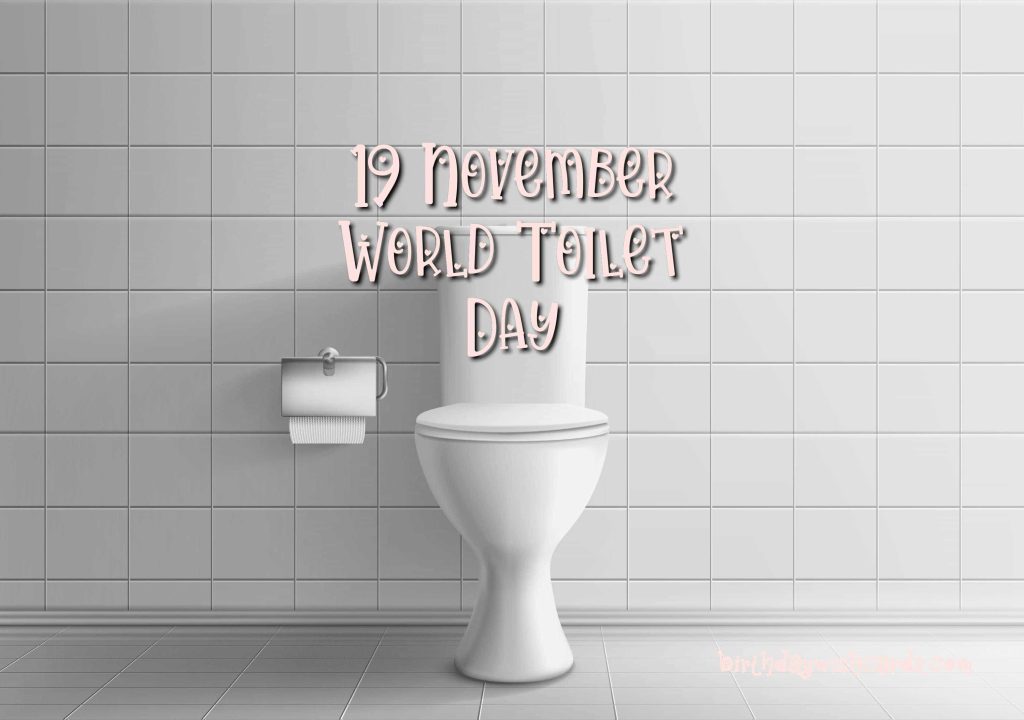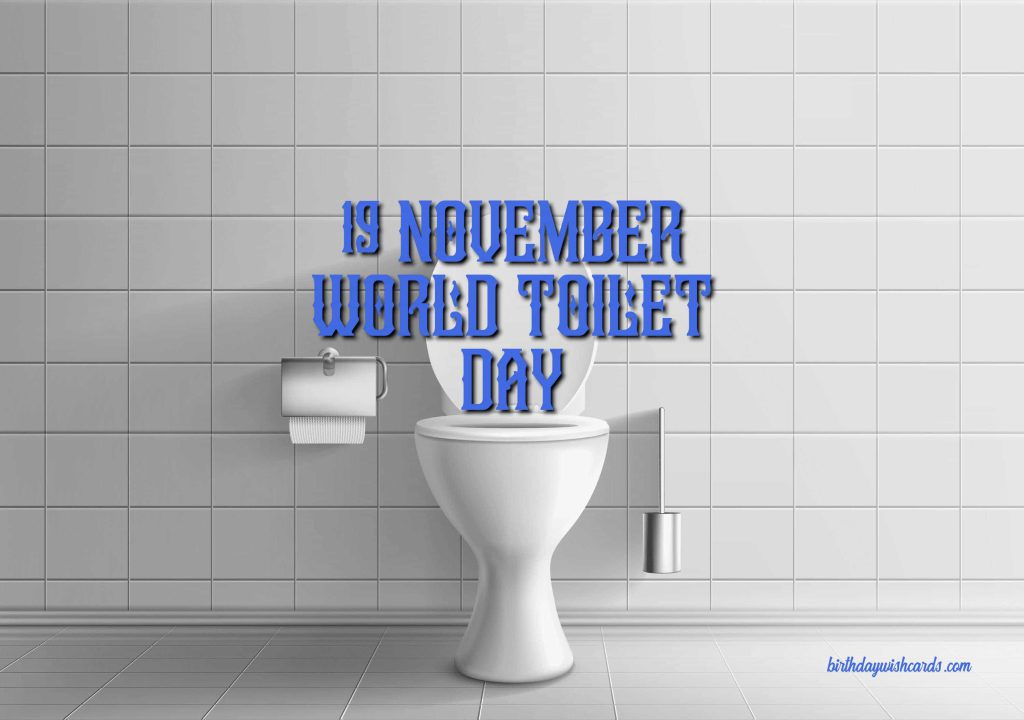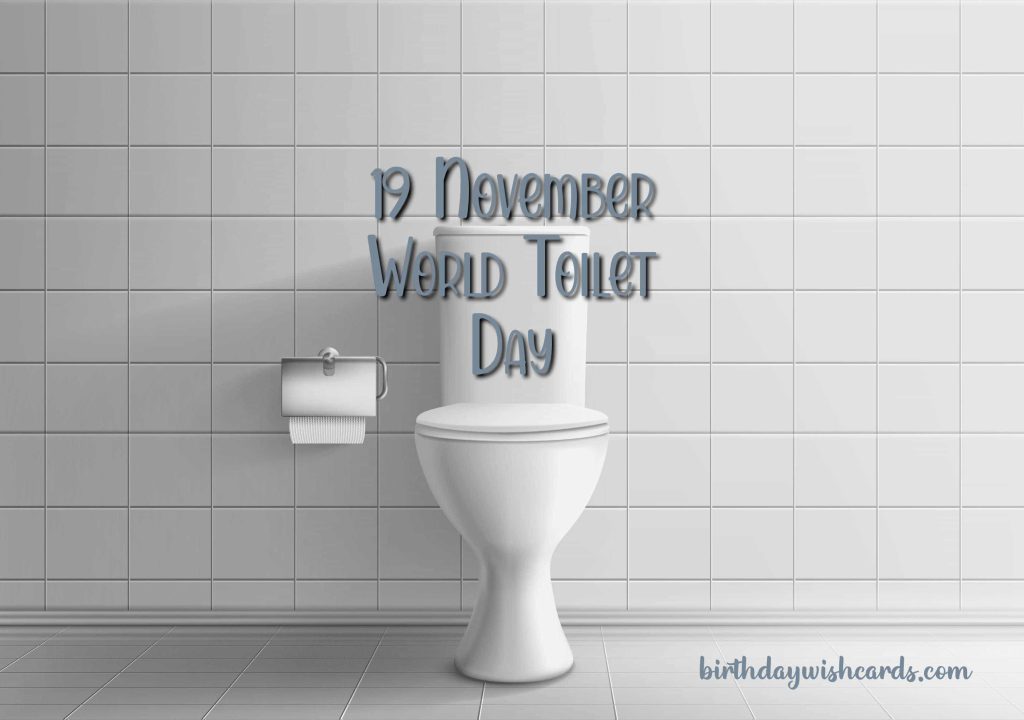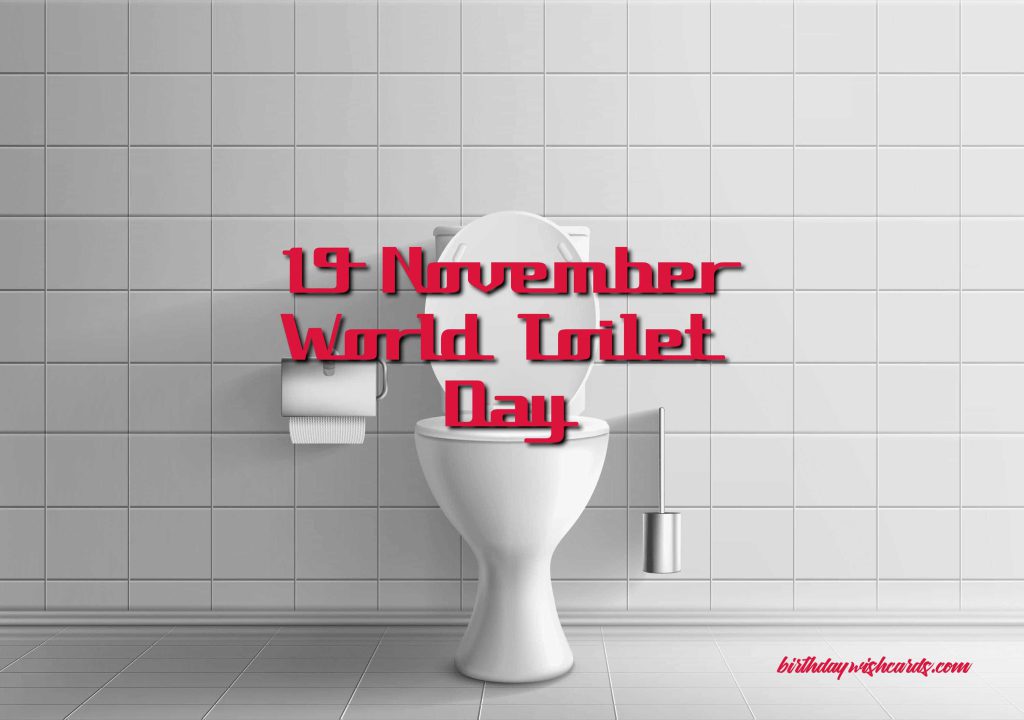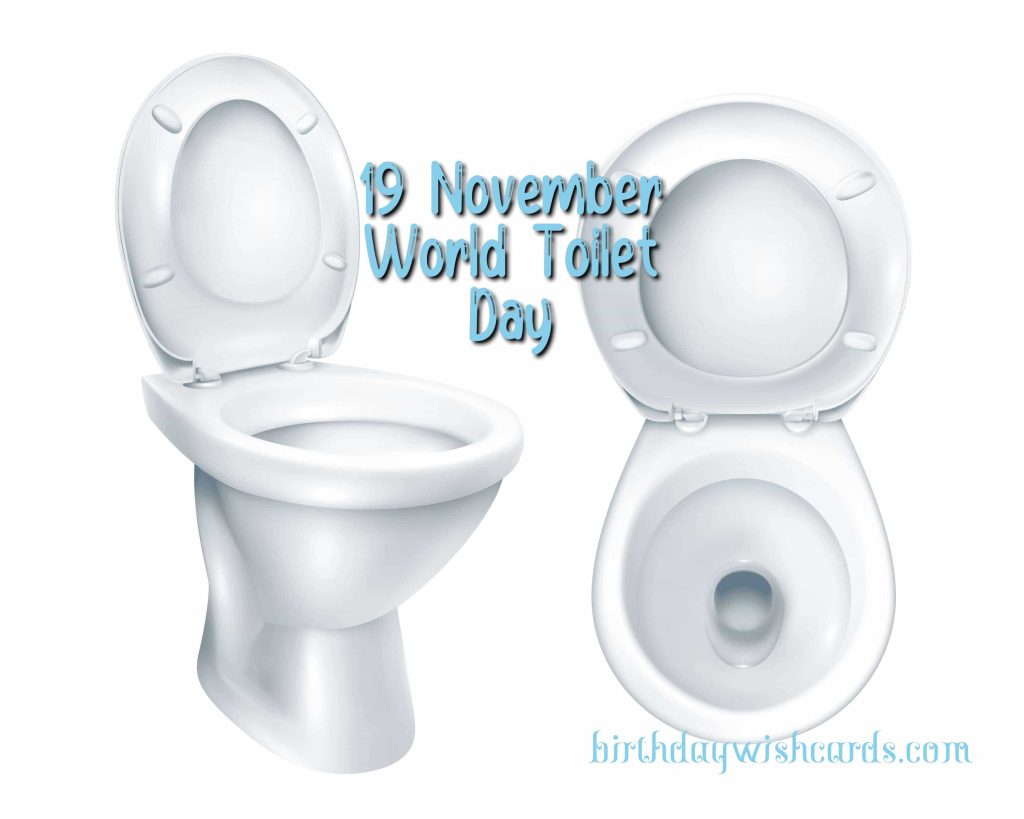
19 November: World Toilet Day — Raising Awareness for Global Sanitation
The Impact of Inadequate Sanitation
More than half of the world’s population—approximately 4.2 billion people—do not have access to safely managed sanitation. This critical gap has devastating consequences, particularly for children. Each year, nearly 297,000 children under the age of five—over 800 every day—die from diarrhoeal diseases linked to poor hygiene, inadequate sanitation, or unsafe water.
Without properly managed and sustainable sanitation systems, many people are forced to rely on unreliable or insufficient toilet facilities, or even resort to open defecation. Even where toilets exist, issues such as overflows, leaks, or improper waste disposal can result in untreated waste contaminating the environment. This contamination spreads dangerous and persistent diseases like cholera and intestinal worms, severely impacting public health worldwide.
To break the taboo surrounding toilets and to elevate sanitation as a global development priority, the United Nations designated 19 November as World Toilet Day. This observance aims to raise awareness and mobilize action to improve sanitation for all.
The United Nations’ Role
On 24 July 2013, the United Nations General Assembly adopted the resolution “Sanitation for All” (A/RES/67/291), officially establishing World Toilet Day. This resolution urges UN Member States and stakeholders to promote behavioral change and implement policies that ensure access to sanitation for the most disadvantaged. It also calls for the elimination of open defecation, which poses a serious public health risk.
Sanitation is not only a matter of health, but also of dignity and safety—especially for women, who often face increased risks of sexual violence without access to private, secure restroom facilities. The resolution recognizes the vital role of civil society and non-governmental organizations in raising awareness and addressing sanitation challenges.
Furthermore, the resolution encourages countries to adopt a comprehensive approach to sanitation, integrating hygiene promotion, essential sanitation services, sewerage systems, wastewater treatment, and water reuse within broader water management strategies.
A key initiative supporting these goals is the ongoing Water Action Decade (2018–2028), which accelerates efforts to address water-related challenges such as limited access to safe water and sanitation, increasing pressure on water resources and ecosystems, and heightened risks of droughts and floods.
World Toilet Day highlights the global sanitation crisis affecting billions and aligns with the United Nations Sustainable Development Goal 6: achieving universal access to water and sanitation by 2030.
World Toilet Day 2020 Theme: Sustainable Sanitation and Climate Change
The 2020 theme underscores the vital connection between sustainable sanitation and climate change. As climate change accelerates, rising floods, droughts, and sea levels threaten sanitation infrastructure—from toilets and septic tanks to treatment plants.
Floodwaters can contaminate drinking water wells, damage toilets, and spread human waste into communities and fields. This contamination increases the risk of deadly and chronic diseases, including COVID-19, cholera, and typhoid.
Ensuring universal access to sustainable sanitation—along with clean water and handwashing facilities—is essential to protecting health and preventing the spread of infectious diseases worldwide.
The Role of Toilets in Combating Climate Change
Toilets are crucial in addressing climate change. Wastewater and sludge from sanitation systems contain valuable water, nutrients, and energy. Sustainable sanitation systems can harness these resources to safely enhance agriculture, reduce greenhouse gas emissions, and generate cleaner energy.
But what makes a sanitation system sustainable? It starts with a toilet designed to safely capture human waste in an accessible and dignified way. The waste is stored in a tank that can be emptied by collection services or transported through pipes for treatment.
The next stage is treatment, ensuring safe disposal or reuse of human waste. When managed properly, human waste can help conserve water, capture greenhouse gases for energy production, and provide a reliable source of water and nutrients for agriculture.
Visual Insights: World Toilet Day in Action

